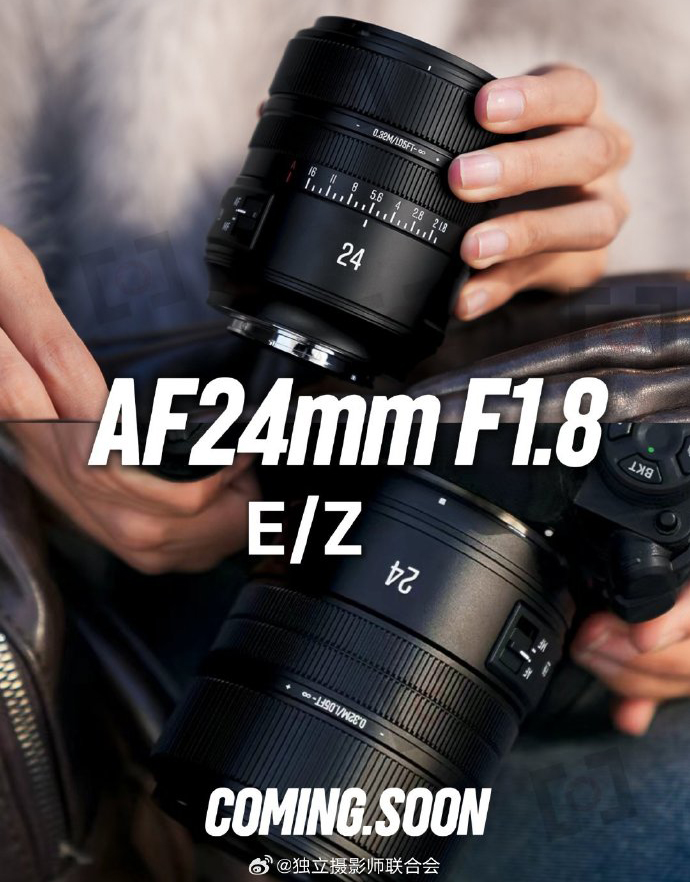New 7Artisans Fisheye lens is coming soon!

The text says:
- The field of view is wider than you imagine
- Never before seen, coming soon.
Sounds promising. What do you think they’re about to unveil?

The text says:
Sounds promising. What do you think they’re about to unveil?

Canon has registered three cameras in Asia:

Brightin Star will announce a new 24mm f/1.8 Z/FE autofocus lens on December 12!
Canon has officially registered a new camera in China, and all signs point to it being a high-end model. The registration lists dual-band Wi-Fi 6 support — a feature Canon typically does not include in its entry-level or mid-range cameras. It takes up to 3-4 months until a registered camera gets officially announced!
But what could it be?

7Artisans gave three hints:
💡 Clue 1: Large aperture for stunning bokeh
💡 Clue 2: Portrait focal length for beautiful detail
💡 Clue 3: Precision focus, total creative control
Maybe a new 85mm f/1.2 autofocus lens?
With DJI banned to do business in the US Insta360 has the freedom to dominate the market. And today you can preorder their new Antigravity A1 Drone at BHphoto.